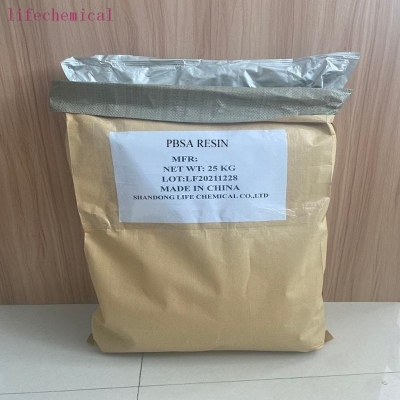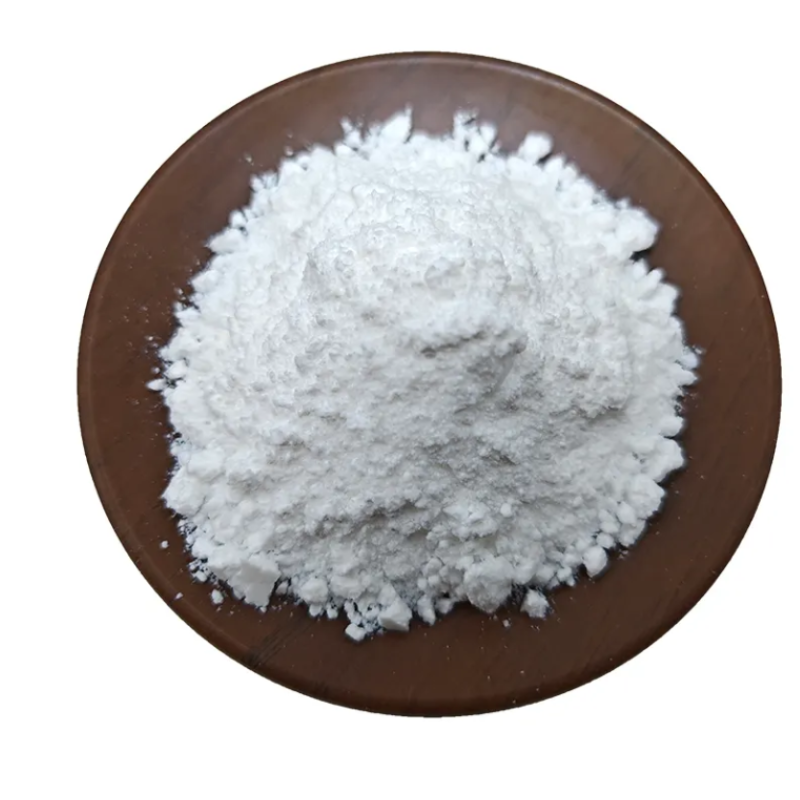-
Categories
-
Pharmaceutical Intermediates
-
Active Pharmaceutical Ingredients
-
Food Additives
- Industrial Coatings
- Agrochemicals
- Dyes and Pigments
- Surfactant
- Flavors and Fragrances
- Chemical Reagents
- Catalyst and Auxiliary
- Natural Products
- Inorganic Chemistry
-
Organic Chemistry
-
Biochemical Engineering
- Analytical Chemistry
-
Cosmetic Ingredient
- Water Treatment Chemical
-
Pharmaceutical Intermediates
Promotion
ECHEMI Mall
Wholesale
Weekly Price
Exhibition
News
-
Trade Service
It is reported that on July 21, the deep brine potassium exploration project invested by the Central Geological Exploration Fund-Dalangtan deep brine potassium mine survey in the northeast of Mangya Town, Qinghai Province and the pre-investigation of the Kunteyi deep brine potassium mine in Lenghu Town passed the expert Review and acceptance
.
So far, China's first deep brine potassium deposit has appeared
.
The Dalangtan deep brine potash mine survey project initially identified 333+334 potassium chloride 15637 million tons within a range of 200-1500 meters, which is equivalent to 15% of the proven reserves of the Qaidam Basin, and the average potassium chloride grade is 0.
5%.
At the same time, it also proved that the resource of symbiotic sodium chloride 333+334 was 6.
79191 million tons, and the resource of associated magnesium chloride 333+334 was 5432.
8 million tons
.
The project shows that the deep brine potassium deposit in Dalangtanliangbei depression has a large thickness of ore-bearing gravel layer and large water inflow, with an average thickness of 589.
65 meters, an average daily water output of 5321.
16 cubic meters, and the highest grade of potassium chloride single hole 0.
69%.
The review experts believe that this A result revealed the huge potential of the deep brine potash deposit in the Qaidam Basin
.
The Dalangtan deep brine potash mine survey area covers an area of 1,363.
52 square kilometers.
Due to objective factors, only 40% of the Liangbei depression has been surveyed
.
In the entire Qaidam Basin, there are three large depressions with similar mineralization geological conditions, with a total area of 3,500 square kilometers and a predicted resource potential of about 600 million tons, which is equivalent to 2 of the proven potash reserves of the Chaerhan Salt Lake.
Times
.
If comprehensive exploration and deployment are implemented, it is possible to form a deep potassium resource supply base in addition to the shallow potassium resource base in the Qaidam Basin; at the same time, this achievement will also achieve a breakthrough in the type of potassium resource exploration
.
Previously, the exploration of potassium resources in China was dominated by shallow intercrystalline brine, and this investigation was dominated by deep pore brine
.
.
So far, China's first deep brine potassium deposit has appeared
.
The Dalangtan deep brine potash mine survey project initially identified 333+334 potassium chloride 15637 million tons within a range of 200-1500 meters, which is equivalent to 15% of the proven reserves of the Qaidam Basin, and the average potassium chloride grade is 0.
5%.
At the same time, it also proved that the resource of symbiotic sodium chloride 333+334 was 6.
79191 million tons, and the resource of associated magnesium chloride 333+334 was 5432.
8 million tons
.
The project shows that the deep brine potassium deposit in Dalangtanliangbei depression has a large thickness of ore-bearing gravel layer and large water inflow, with an average thickness of 589.
65 meters, an average daily water output of 5321.
16 cubic meters, and the highest grade of potassium chloride single hole 0.
69%.
The review experts believe that this A result revealed the huge potential of the deep brine potash deposit in the Qaidam Basin
.
The Dalangtan deep brine potash mine survey area covers an area of 1,363.
52 square kilometers.
Due to objective factors, only 40% of the Liangbei depression has been surveyed
.
In the entire Qaidam Basin, there are three large depressions with similar mineralization geological conditions, with a total area of 3,500 square kilometers and a predicted resource potential of about 600 million tons, which is equivalent to 2 of the proven potash reserves of the Chaerhan Salt Lake.
Times
.
If comprehensive exploration and deployment are implemented, it is possible to form a deep potassium resource supply base in addition to the shallow potassium resource base in the Qaidam Basin; at the same time, this achievement will also achieve a breakthrough in the type of potassium resource exploration
.
Previously, the exploration of potassium resources in China was dominated by shallow intercrystalline brine, and this investigation was dominated by deep pore brine
.







